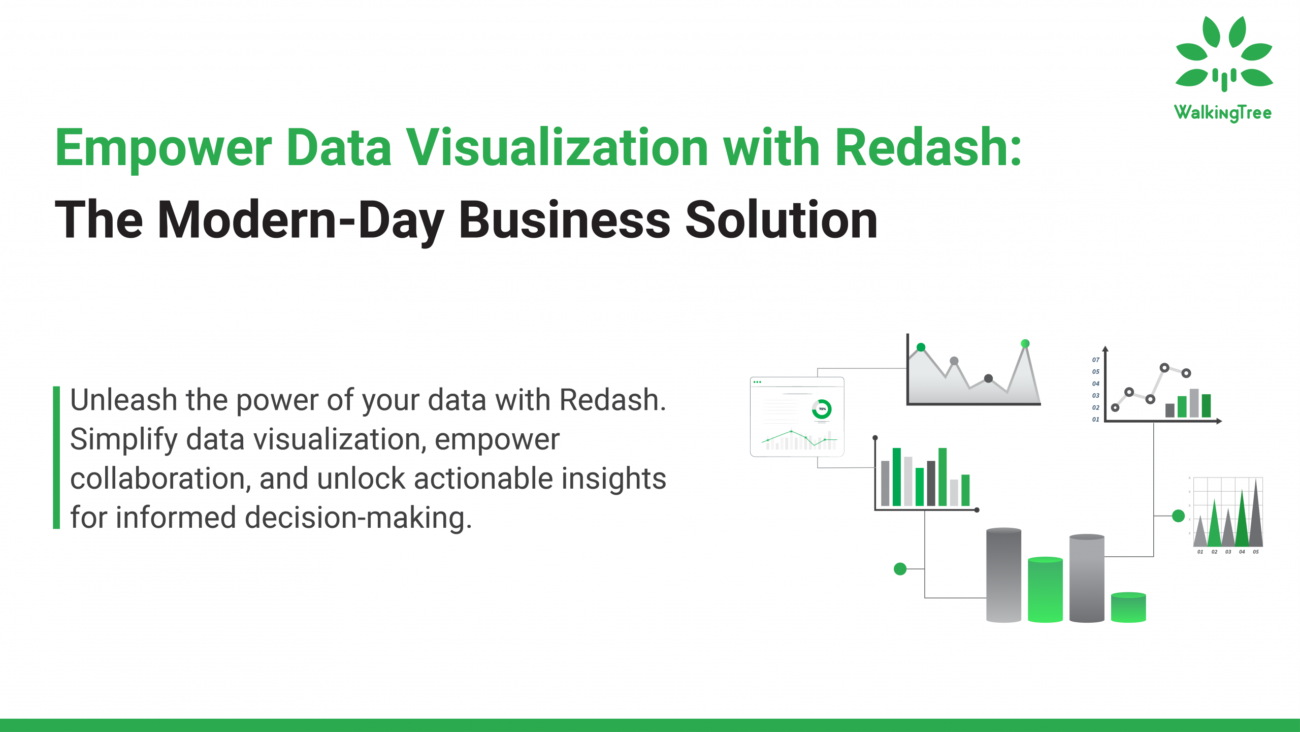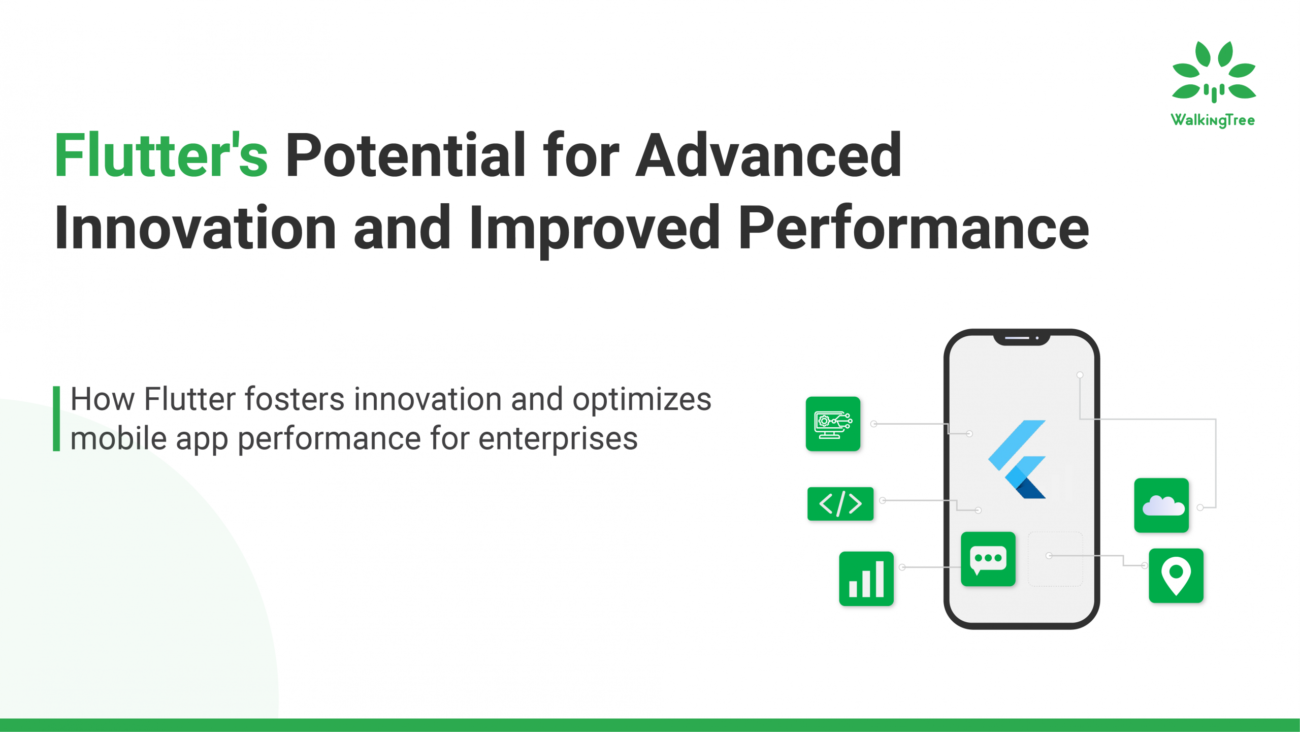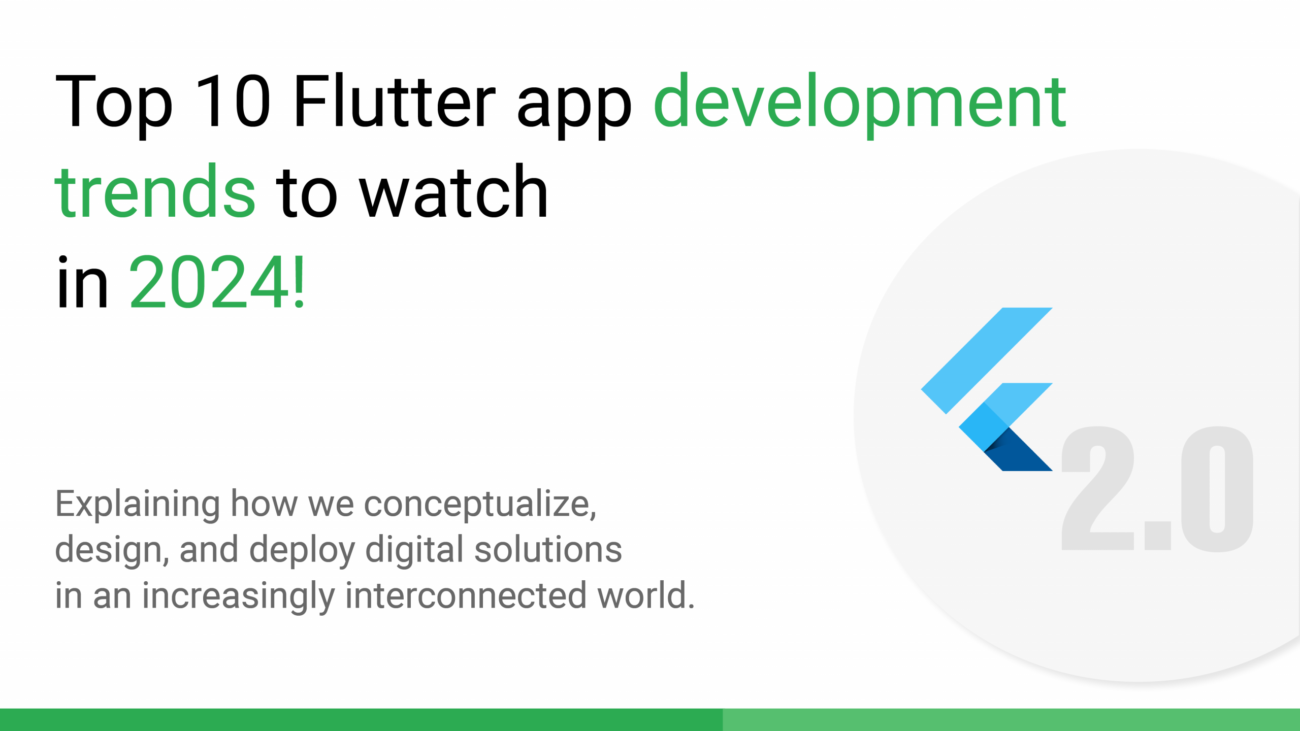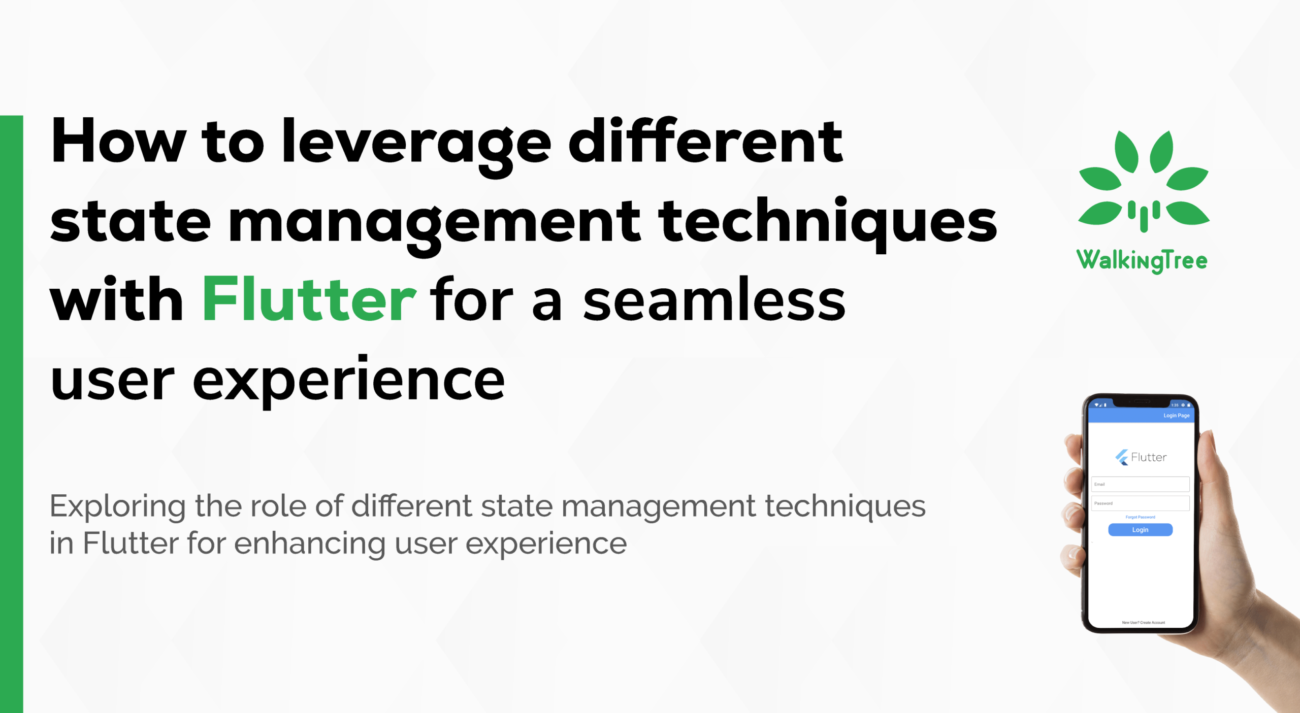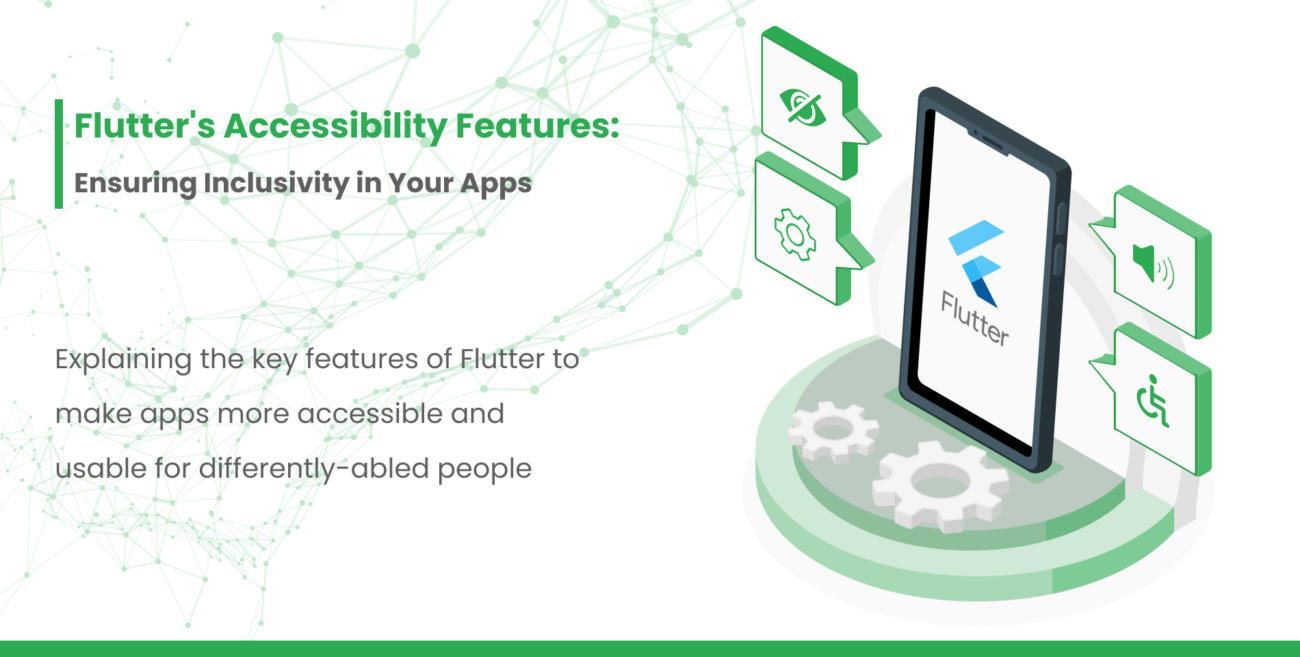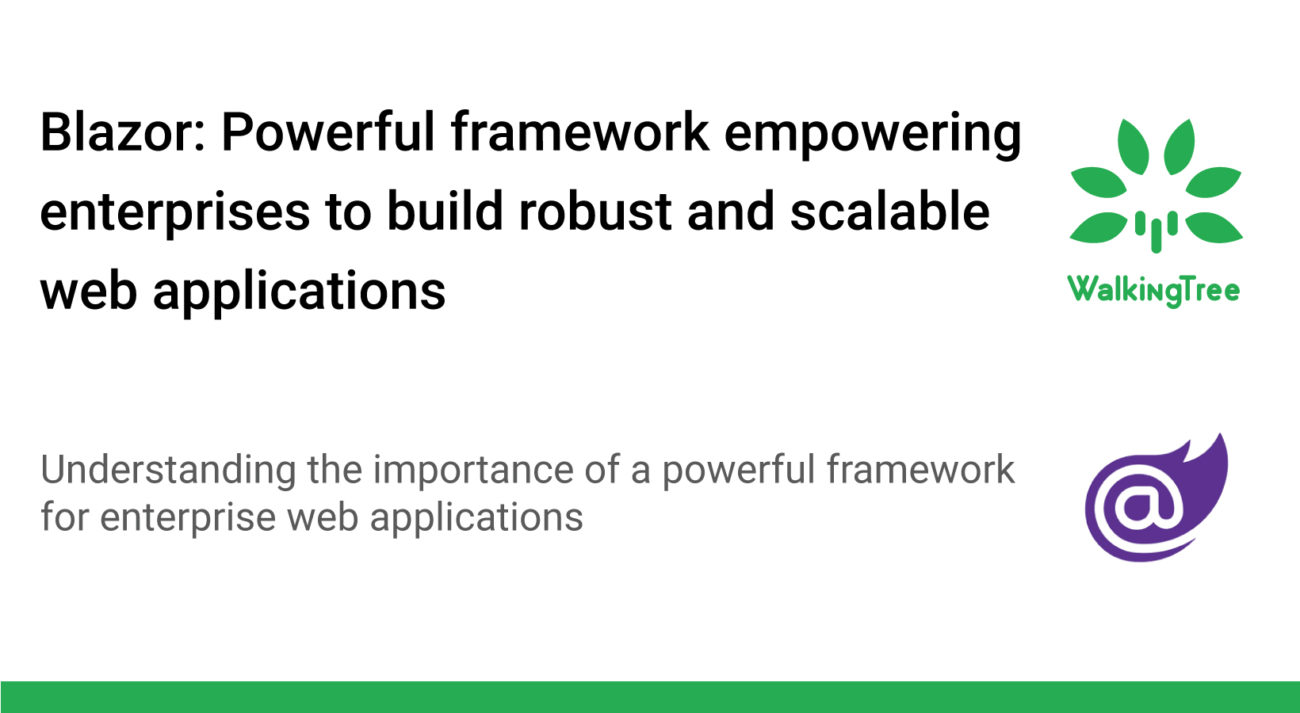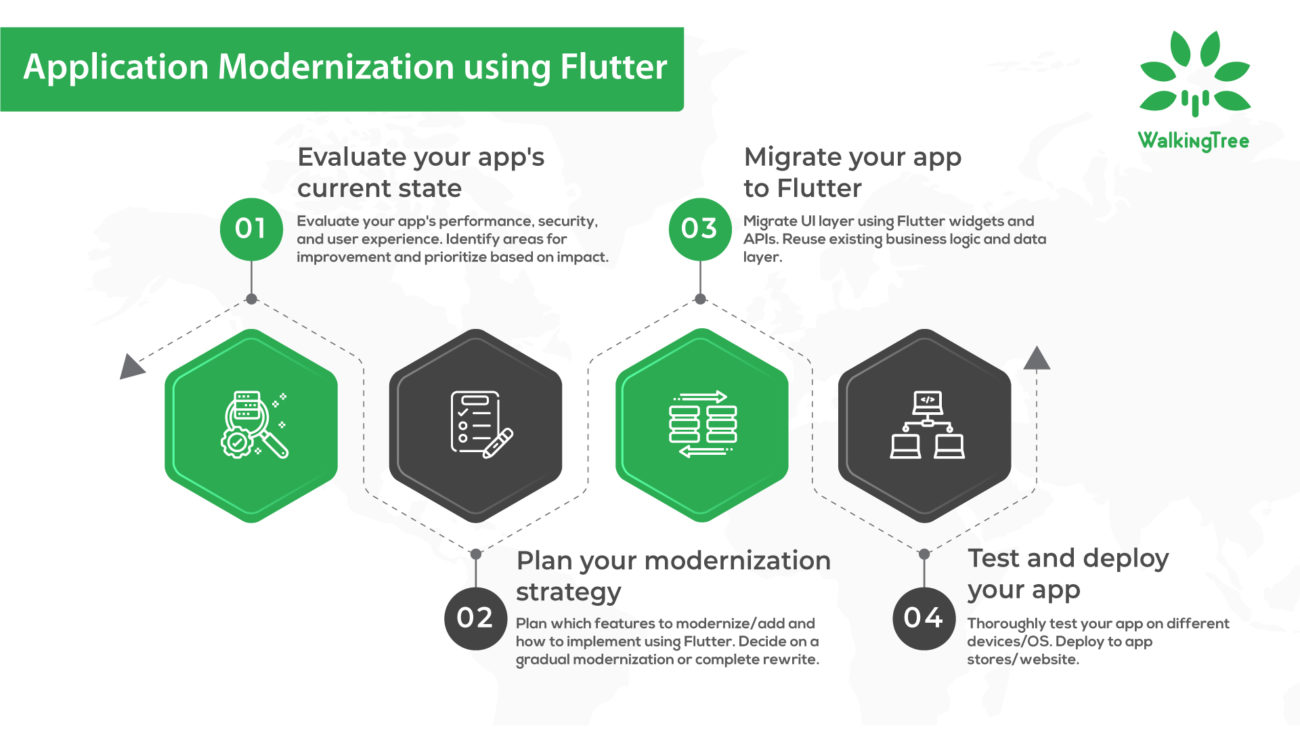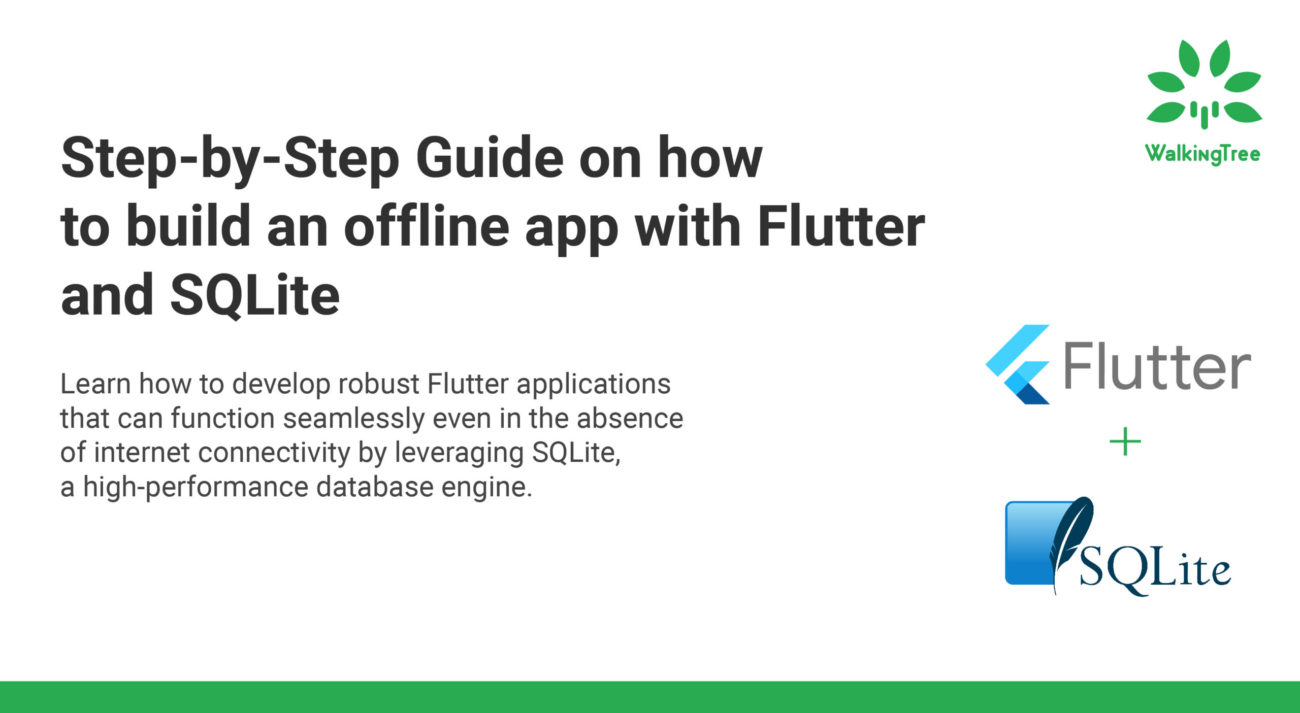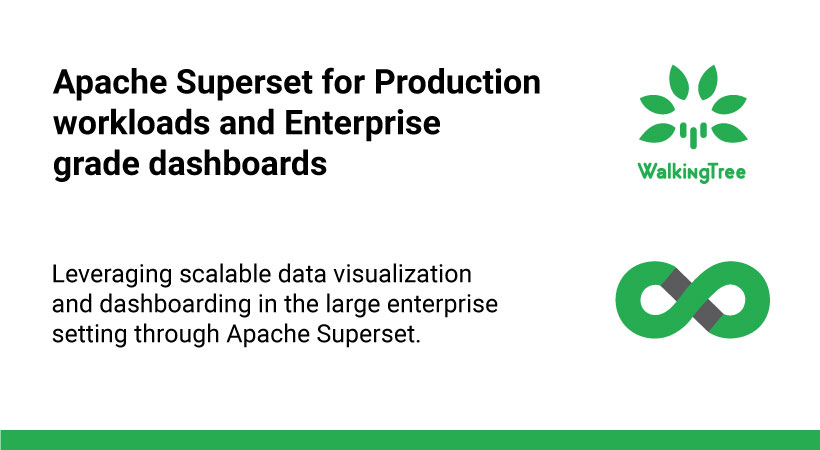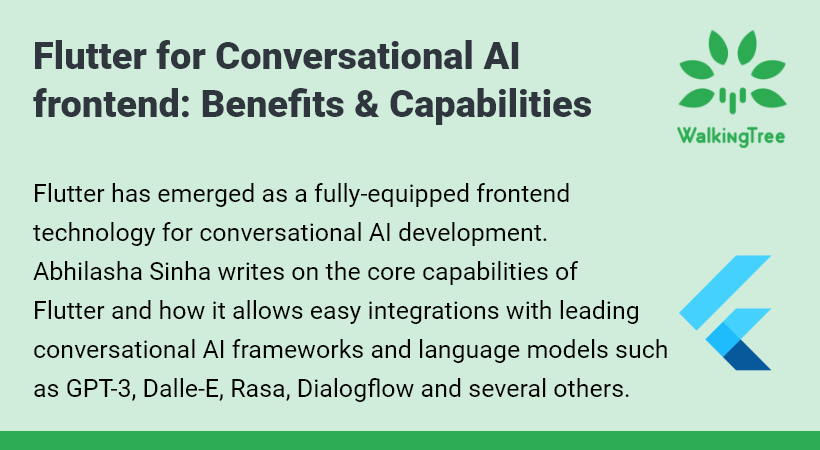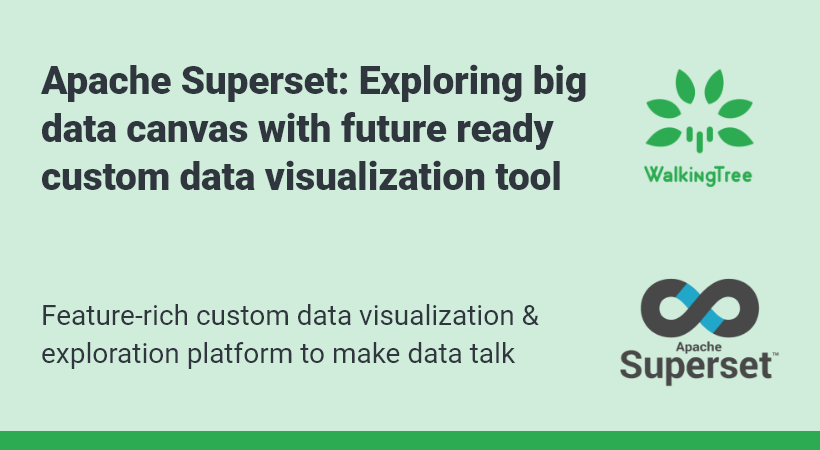Creating an effective customer engagement stack for Flutter
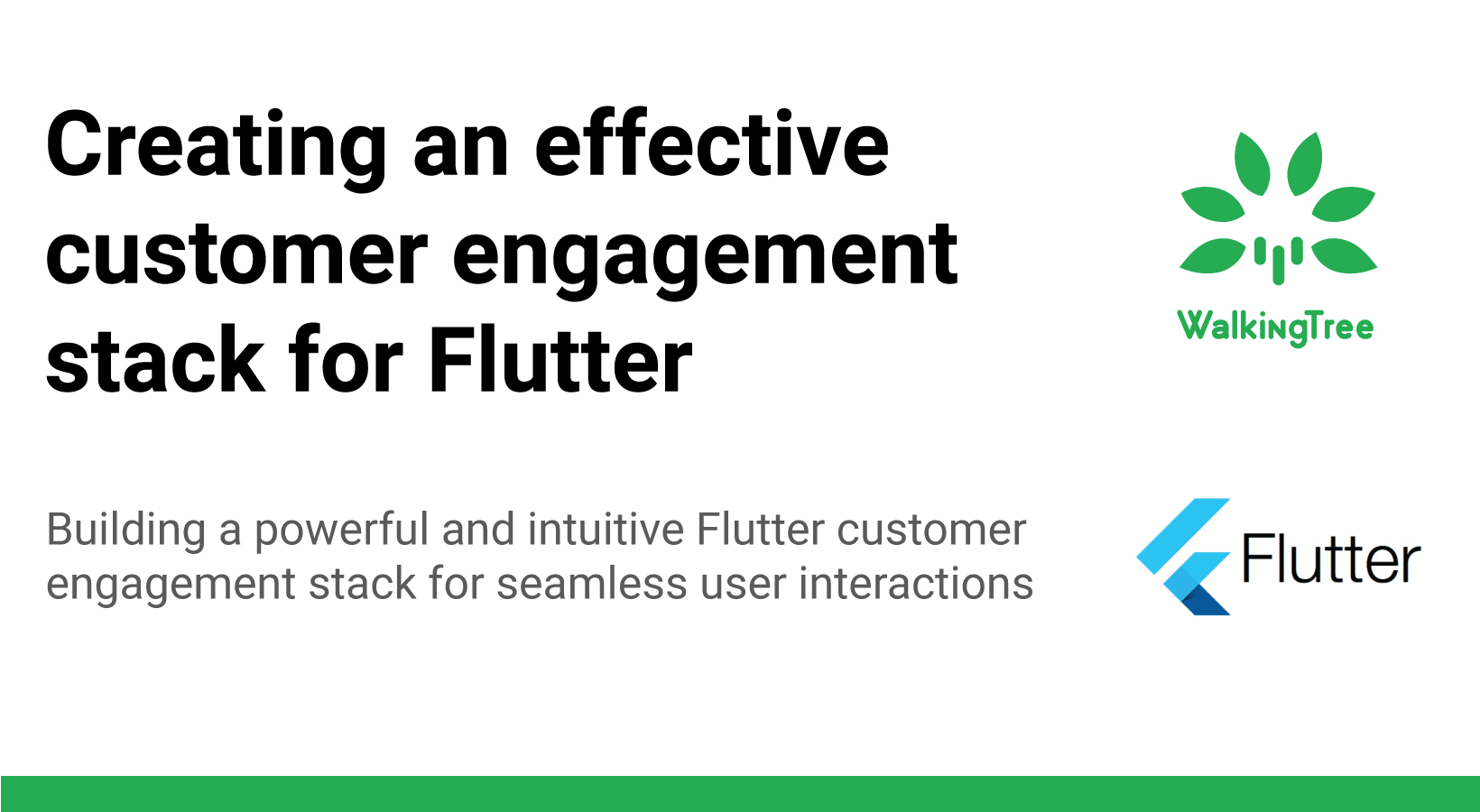
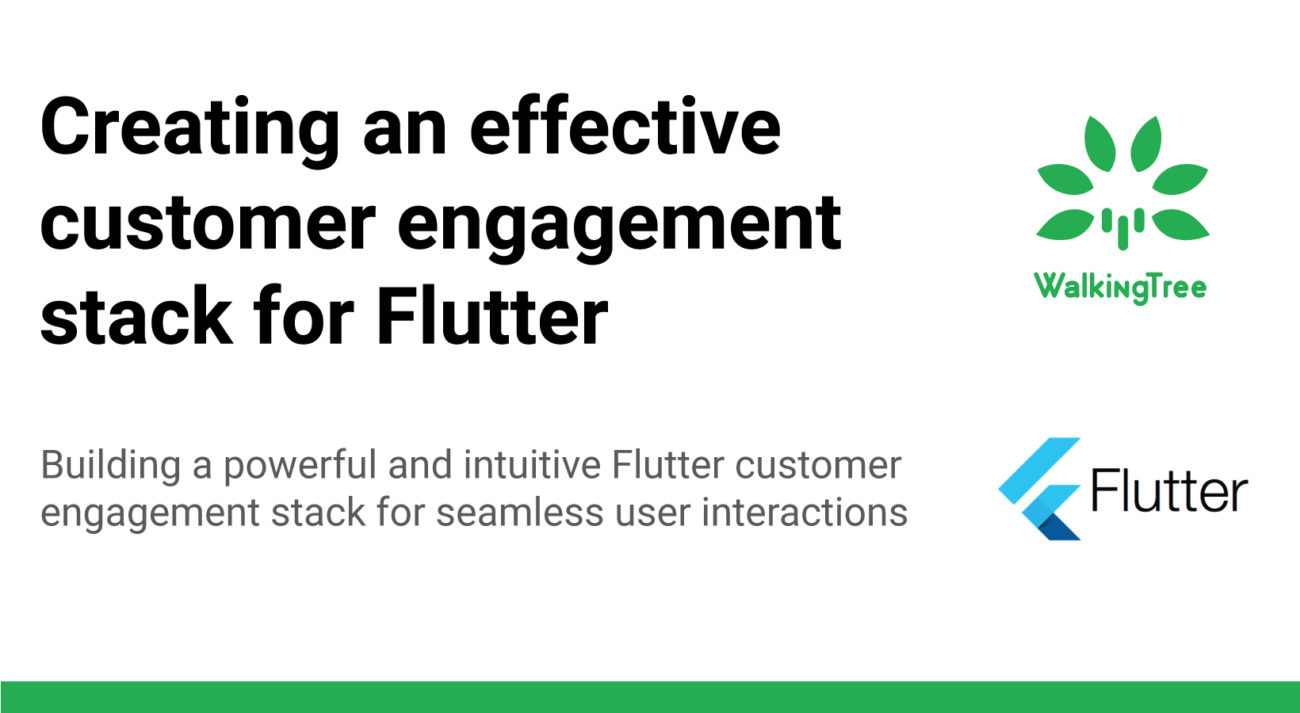
Are you an enterprise using Flutter for your mobile app development? Have you thought if you are making the best use of your mobile app to engage your customers? Are you sure you are using the right tools to enhance your app analytics and user engagement and drive business growth?
Building a successful mobile app is not an easy task. One of the prime factors driving success is how well you address customer expectations.
With the right strategy of using the appropriate tools and technologies, it is possible to understand expectations and act accordingly for the best results.
Expectations of modern customers
Do you know how much the customers of today, expect? Have you noticed how much modern consumers expect from the businesses they interact with?
Let me name a few.
When they order something online, they expect timely updates. Notifications about their purchases. When they use a mobile app or website, they expect a personalized experience. Recommendations on new products. Discounts and festive offers. And that is tailored to their unique preferences and needs.
But creating this kind of seamless, responsive experience can be a challenge if not well thought through and implemented. That’s where modern customer engagement technology stacks come in. Building an effective customer engagement stack can help understand customers deeply. So, what is a customer engagement stack?
Customer engagement stack
The customer engagement technology stack is a set of tools and technologies that enable businesses to engage with their customers across multiple channels. Businesses can build and implement a robust customer engagement strategy using these tools and technologies. Manage customer relationships and data. Few examples:
Salesforce: Provides tools for managing customer relationships, marketing, and analytics.
HubSpot: Offers tools for inbound marketing, sales, and customer service.
Intercom: Allows businesses to communicate with customers in real-time via multiple channels.
Mixpanel: Tracks and analyzes customer behavior across web, mobile, and email.
Braze: A platform for customer messaging, email, and mobile marketing.
By leveraging the latest tools and technologies and customer data, businesses can create a personalized, responsive customer experience. Keep people coming back for more. Whether it’s tracking orders, recommending products, or providing personalized support, these technologies enable businesses to meet and exceed the expectations of their customers. Ultimately increasing customer loyalty and business growth.
So, if you want to keep your customers happy and grow your business, it’s time to invest in a modern customer engagement technology stack. And that’s the key to building strong, lasting relationships with your customers.
Components of a modern customer engagement strategy
Now we know that the customer engagement stack is made up of different tools and technologies. Let’s break down some of the key building blocks of a modern customer engagement stack.
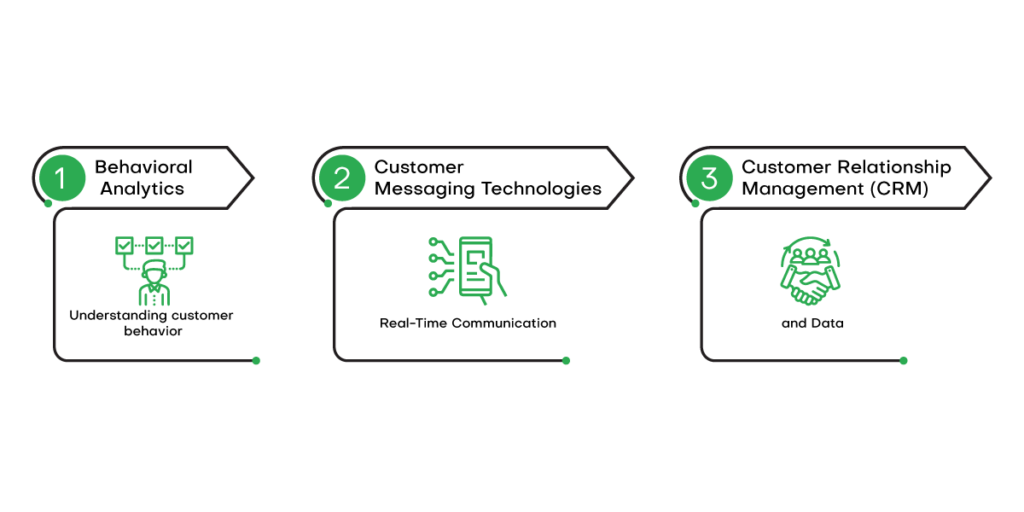
Behavioral Analytics: Understanding customer behavior
- This involves collecting and analyzing data on how customers interact with a business.
- How customers use their website, app, or other digital channels. How long do they stay? What interests them the most?
- It helps understand customer behavior, preferences, and pain points.
- These insights can be used to improve customer engagement strategies.
Customer Messaging Technologies: Real-Time Communication
- These tools enable businesses to communicate with customers in real-time.
- Help communicate through various channels, such as chat, email, and social media.
- Help businesses provide personalized customer service and support.
- Send targeted marketing messages for more engaging experiences
Customer Relationship Management (CRM): Managing Relationships and Data
- This refers to managing and analyzing customer interactions and data.
- CRM tools can help businesses track customer behavior, customer preferences, and customer purchase history.
- Helps track data that can be used to create personalized experiences
- Improves customer retention
A combination of these technologies allows the understanding of customers at a deeper level. Build stronger connections that drive revenue growth.
Strategies for driving user engagement and retention
So, let’s talk about mobile app engagement and user retention! Let’s consider some Key Metrics and KPIs. They keep your users coming back to your app and using it regularly.
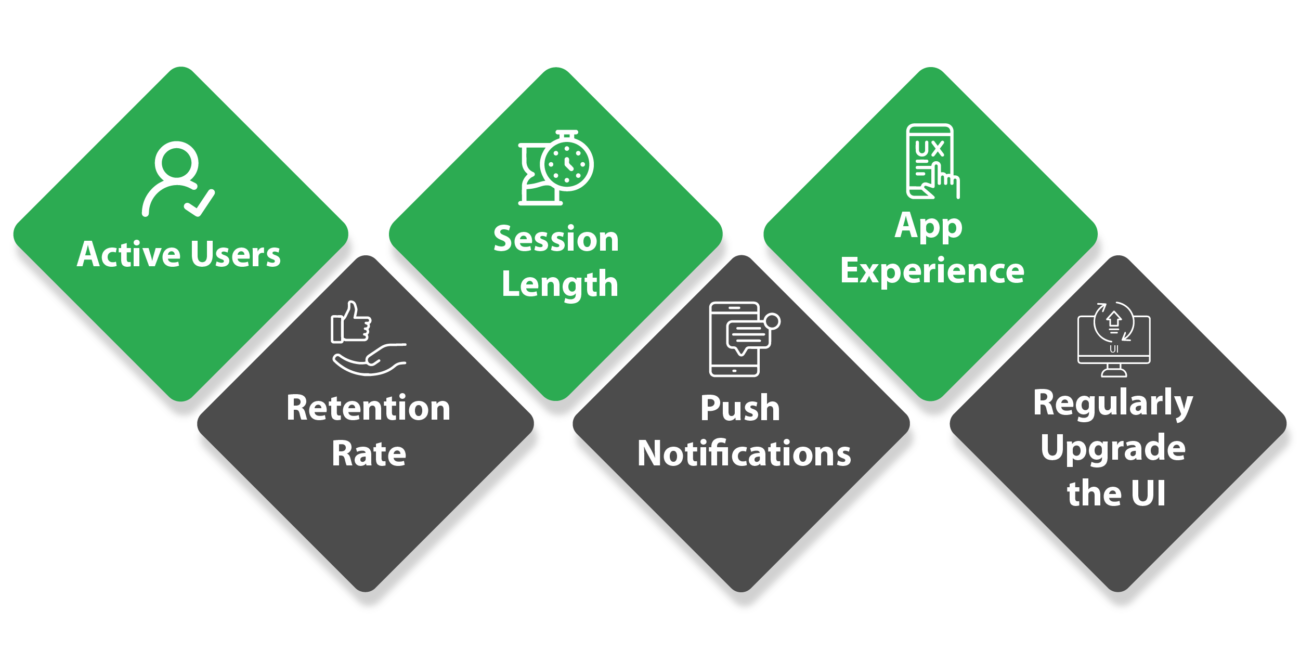
Active Users: So, you’ve built an app, but how do you know if people are actually using it? That’s where measuring daily active users (DAUs) comes in. Tracking DAUs is crucial for gauging app engagement because it tells you how many people are using your app on a daily basis. The more DAUs you have, the more engaged your users are. This metric should be tracked on a daily basis. It helps understand how many users are engaging with the app each day accurately.
Retention Rate: It’s not just about how many people are using your app, though. You also want to know how loyal they are. That’s where retention rate calculations come in. By measuring how many people continue to use your app over time, you can get a sense of how loyal your user base is. A high retention rate means people are sticking around and finding value in your app. It’s best to track the retention rates on a monthly basis. See how many users are sticking around over a longer period of time.
Session Length: Another important factor in app engagement is session length. This measures how long people are spending in your app during each session. The longer they stay, the more engaged they are. If people are only spending a few seconds in your app before leaving, you know you have a problem. Tracking session length on a weekly basis. It helps identify trends. See if changes made to the app are having an impact on user engagement.
Push Notifications: One way to keep people engaged with your app is through push notifications. But you have to be smart about it. Bombarding users with too many notifications can be annoying. It leads them to uninstall your app. Instead, use push notifications strategically. Give users valuable information or remind them about something they might have forgotten. This metric should be tracked daily. Ensure that notifications are being sent out effectively and users are engaging with them.
App Experience: Personalization is key to improving app engagement metrics. Users want an app that feels like it is made just for them. By personalizing the app experience based on their behavior and preferences, you can create a more engaging experience that keeps them coming back. It’s important to continuously track app experience metrics. Metrics like user satisfaction and ease of use help identify areas for improvement. This can be done on a quarterly or even monthly basis.
Regularly Upgrade the UI: Finally, ongoing UI improvements are crucial for app engagement and retention. Users want an app that looks and feels modern and up-to-date. By regularly upgrading the UI and adding new features, you can show users that you’re invested in their experience and encourage them to stick around. Ongoing UI improvements should be tracked on a continuous basis. They are made to ensure that the app stays up-to-date and engaging for users.
Building a customer engagement stack for Flutter
Now you know what metrics and KPIs to be considered. Here are some tools that make a strong customer engagement stack if you’re building a mobile app using Flutter
CleverTap: CleverTap is a tool that helps you analyze how users interact with your app. It gives you insights into user behavior and enables you to communicate with them through personalized messages.
Mixpanel: Mixpanel is an analytics platform that provides real-time insights into user behavior. This helps you to make data-driven decisions and improve your app’s user experience.
Firebase: Firebase is a platform that provides you with a range of tools to measure and improve user engagement and retention. It includes analytics, messaging, and crash reporting features that help you optimize your app experience.
Amplitude: Amplitude is another analytics platform that helps you understand user behavior. It allows you to segment users, analyze funnels, and track cohorts to optimize your app experience.
These tools help you understand how users interact with your app and optimize their experience. By using them, you can create personalized experiences for users, which can help increase engagement and retention.
Salesforce: Salesforce is a cloud-based CRM platform that helps businesses manage sales, marketing, and customer service processes. It provides insights into customer behavior and preferences, allowing businesses to create personalized experiences that increase engagement and retention. Salesforce also offers integrations with other tools and platforms, streamlining workflows and driving growth.
Comparison of Clever Tap, Firebase, Mixpanel, and Amplitude
Here we have a comparison of popular mobile app analytics tools for you to have a better understanding of which tool is best suited for your business needs.
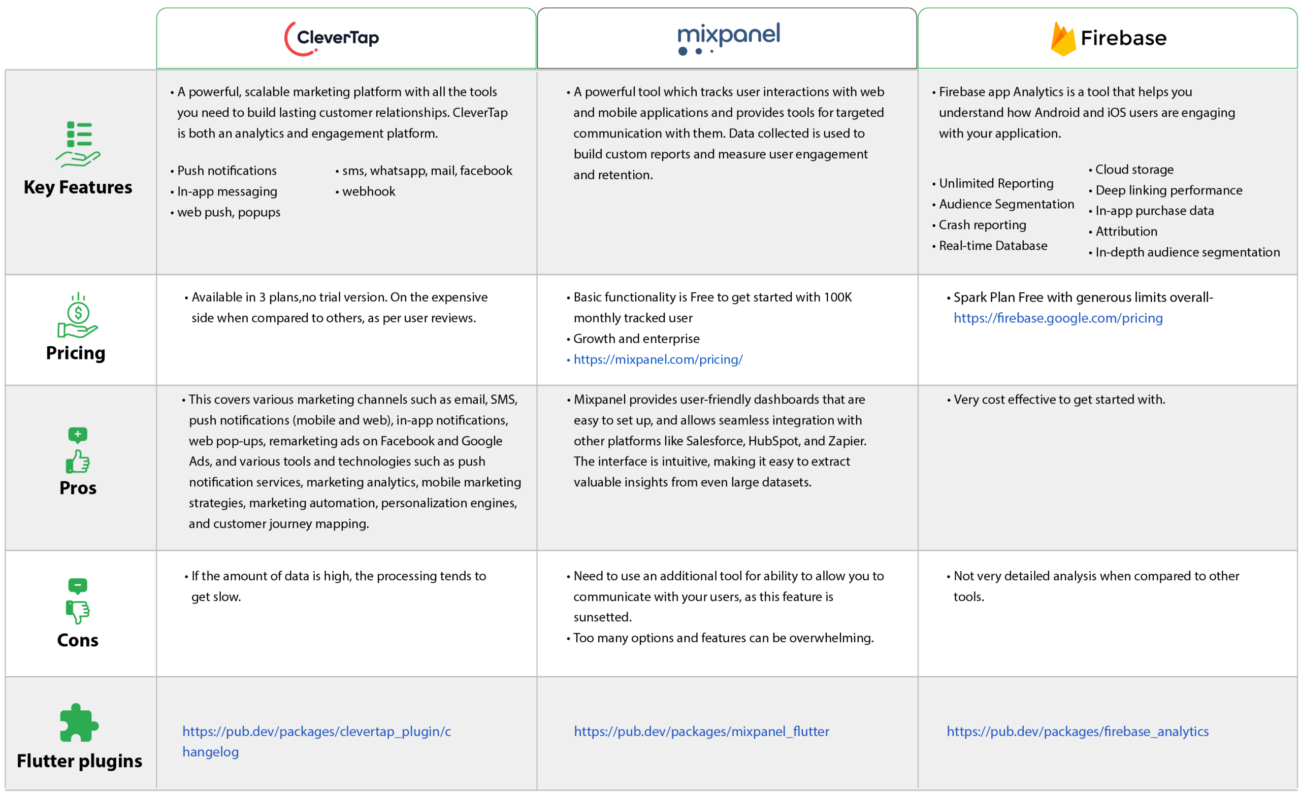
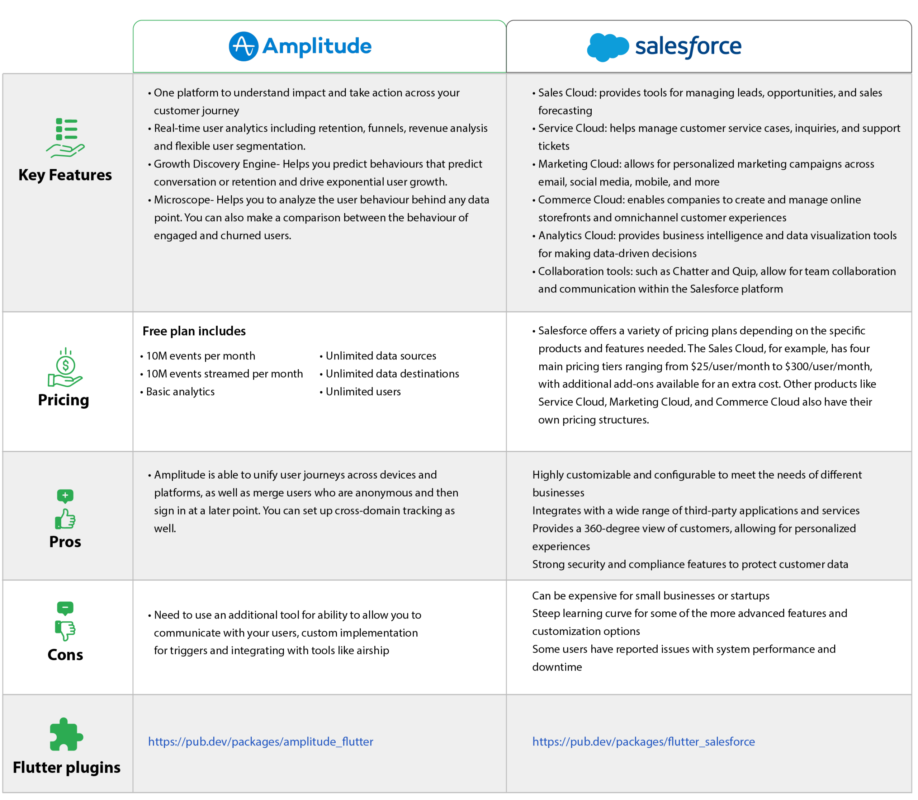
Advantages of Investing in Modern Customer Engagement Stack
Businesses that invest in modern customer engagement stacks can reap a number of benefits. It helps them grow and stay competitive. Here are some of the advantages of investing in a modern customer engagement stack:
Improved customer engagement and retention
Having a modern customer engagement stack can help businesses understand their customers better. By analyzing customer behavior and preferences, businesses can tailor their products and services to meet each customer’s unique needs. This leads to happier customers who are more loyal to the business and less likely to leave.
Increased revenue
When businesses engage with their customers more effectively, they increase their chances of making sales and upselling to existing customers. By offering personalized experiences, businesses can create a more loyal customer base that is more likely to make repeat purchases over time. This ultimately leads to increased revenue for the business.
Enhanced customer experience
Investing in a modern customer engagement stack can lead to an enhanced customer experience. By using analytics platforms and messaging technologies, businesses can better understand their customers’ needs and preferences. They can then offer a seamless experience across all touchpoints, leading to stronger relationships with customers and a positive brand image that drives long-term growth.
The bottom line
In today’s competitive world, engaging customers is crucial for business success. A customer engagement strategy using tools like Clever Tap, Mixpanel, Firebase, Amplitude, and Salesforce can help analyze customer behavior, personalize experiences, and send timely messages. Gamification can also boost engagement. Ultimately, a robust customer engagement strategy leads to satisfied and loyal customers, driving long-term business growth.

